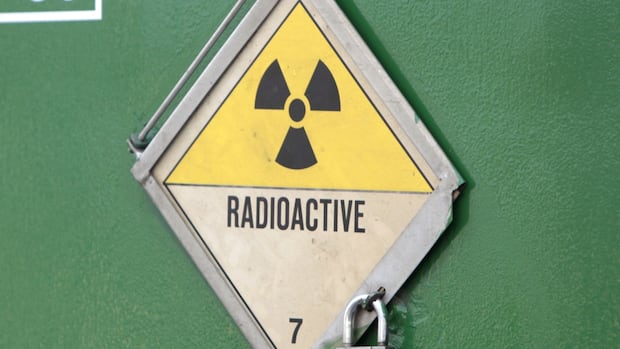Ontario’s Ministry of Transportation says some of the radioactive waste from an old mill near Lake Nipissing has already made its way to the Sarnia area.
The material sat at the mill for 70 years and was originally supposed to be shipped near Sudbury. That resulted in a year-long public outcry from Nairn and Hyman community members — a township of roughly 400 people.
The tailings have low-level radiation from small amounts of uranium contained in ore.
On Wednesday, it was announced the province had already shifted its plans on where the waste would end up.
The facility it went to is Clean Harbors in Corunna, located in St. Clair Township within Lambton County, according to the province.
“A stockpile of niobium rock tailings was transported to a private licensed disposal facility run by Clean Harbors near Sarnia in July, in accordance with all regulatory requirements,” said Julia Casin, in a statement, from the transportation ministry.
CBC News did not hear back from Clean Harbors by publication.
Casin says when it comes to transporting all mining materials, the ministry upholds “strict safety and environmental stands” when moving niobium rock tailings.
Niobium rock tailings are not classified as a hazardous substance, and their movement is considered a low-risk operation, according to the province.
Nipissing First Nation Chief Cathy Stevens previously told CBC News work to remove the tailings is expected to be completed by the end of the year.







